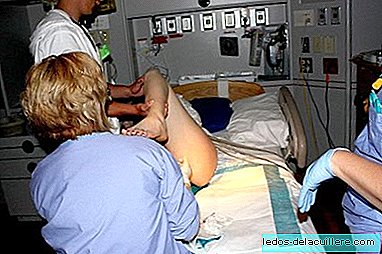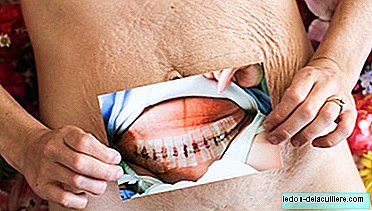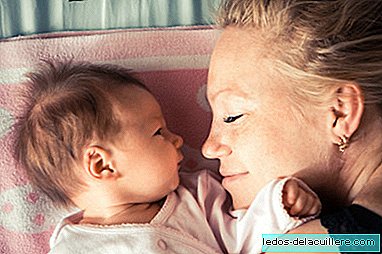
We have talked many times about what is the most appropriate position to give birth because for many years the prevailing position has been the supine position, better known as the lithotomy position or, speaking in Christian, lying with the legs p'arriba.
This position has been used for a long time in hospitals and we have been able to see it even in the movies, and not only seeing women giving birth in a hospital, but also in films that show ancestral times, where women gave birth where they could and represent it , as I say, equally lying.
However, in 1882, Engelmann studied women who gave birth without the influence of Western knowledge or "manias" and observed that most avoided the supine position and that they did not adopt a specific position, but that they were changing as many times as they needed until they adopted the one that seemed most comfortable to them, that sometimes they changed again if they considered necessary.
The doubts about the posture at the time of giving birth began to appear when it was observed that in postures in which the force of gravity is used the births seemed to go faster and, above all, that when the woman could decide how to put her trust as a woman and mother she was older, he felt more protagonist, more competent and the risk of postpartum depression was lower. In other words, the woman felt more involved in the process when she could choose how to give birth and less when she had to adopt positions with as little freedom as the one mentioned in lithotomy.
What does the scientific evidence say about it?
The evidence that exists regarding positions to give birth is inconclusive because some positions favor some aspects while others seem to worsen.
The positions in which the woman is upright or sideways, compared to the lithotomy position, are associated with a shorter delivery time, less need for assistance, a lower rate of episiotomies, less pain during the second part of labor and fewer alterations in the fetal heart rate. However, these positions are associated with a greater number of second-degree tears and a greater number of postpartum hemorrhages.
The positions in which the woman rests on her hands and knees (in Christian, again, "on all fours") cause less back pain and get women to explain that it is the most comfortable position to give birth, which is the one that causes the least perineal pain after childbirth and thanks to it, the delivery has been shorter (although there are no real differences in terms of duration).
When women receive epidural analgesia, births have been observed to last less when they adopt vertical positions (including standing, kneeling, squatting or sitting).
The sitting position, which is usually adopted with a delivery bench (it is an open bench so that the hands of the person attending the delivery can reach the baby) protects the perineum from tears and provides a greater comfort and greater autonomy of the mother.
So what are we up to?
Well, in that all the commented positions are good and valid because they have their benefits, without being any superior to another conclusively. The ideal is not to keep any, but accept them all as possible candidates and make use of what the woman wants at all times.
There will be women who prefer to give birth standing, because their body asks them that, and others will start standing and then kneel and support their hands or prefer to sit. It all depends on each woman and each birth.
It is for this reason that in the Clinical Practice Guideline on Normal Birth Care it is recommended “That during childbirth women adopt the position that is most comfortable for them”.












